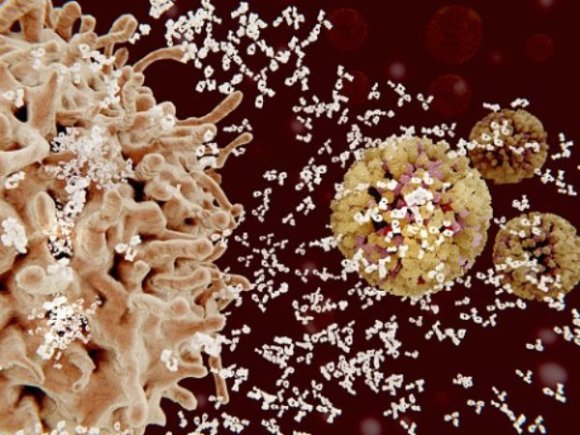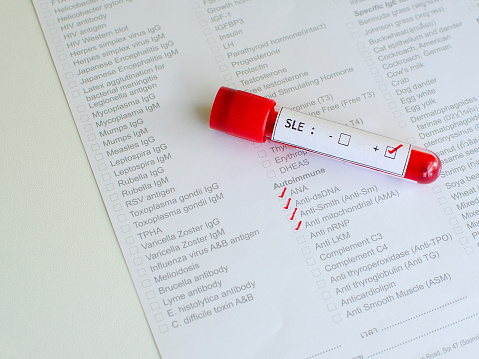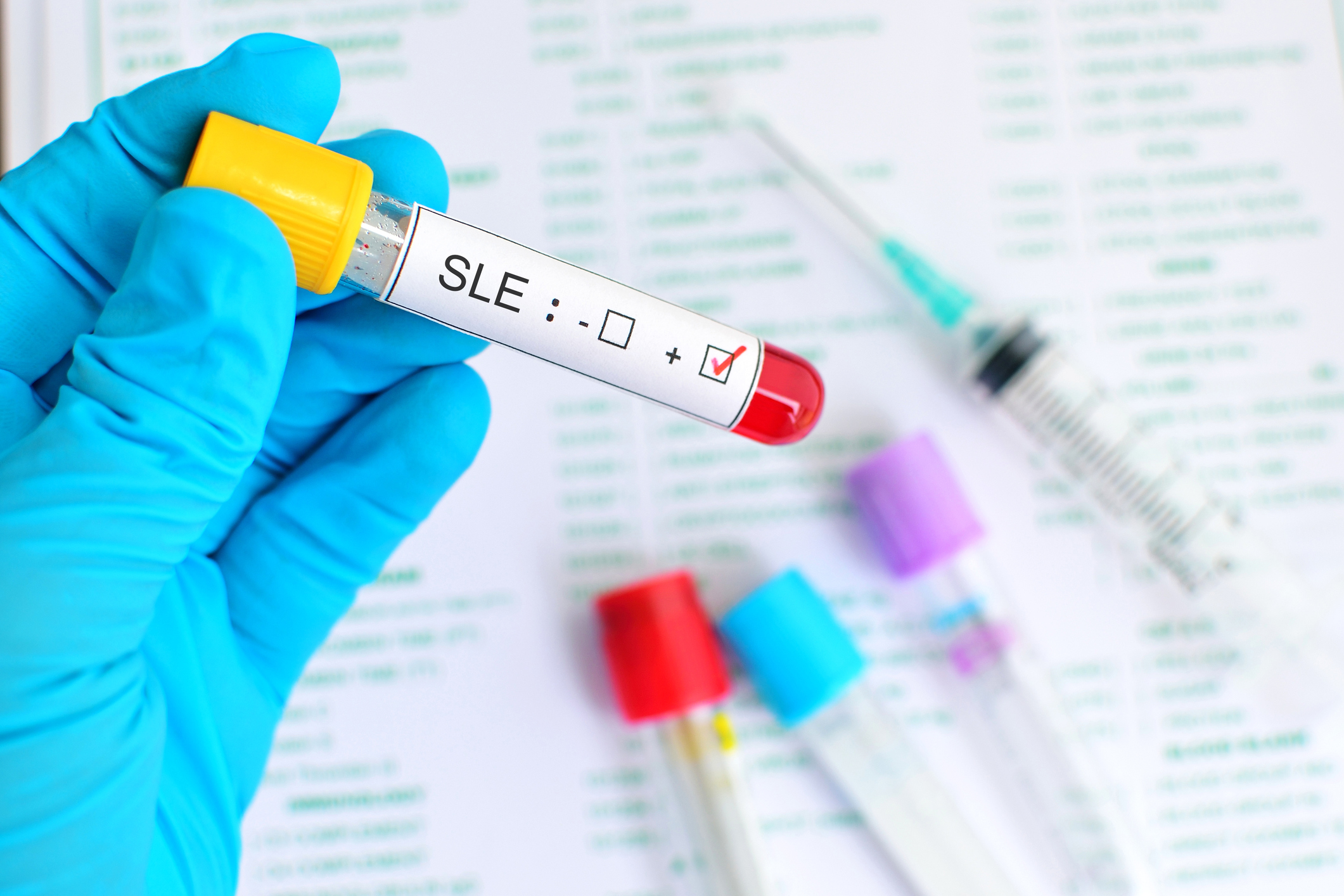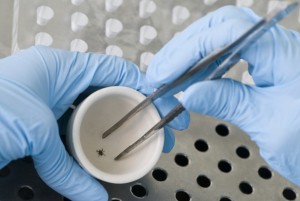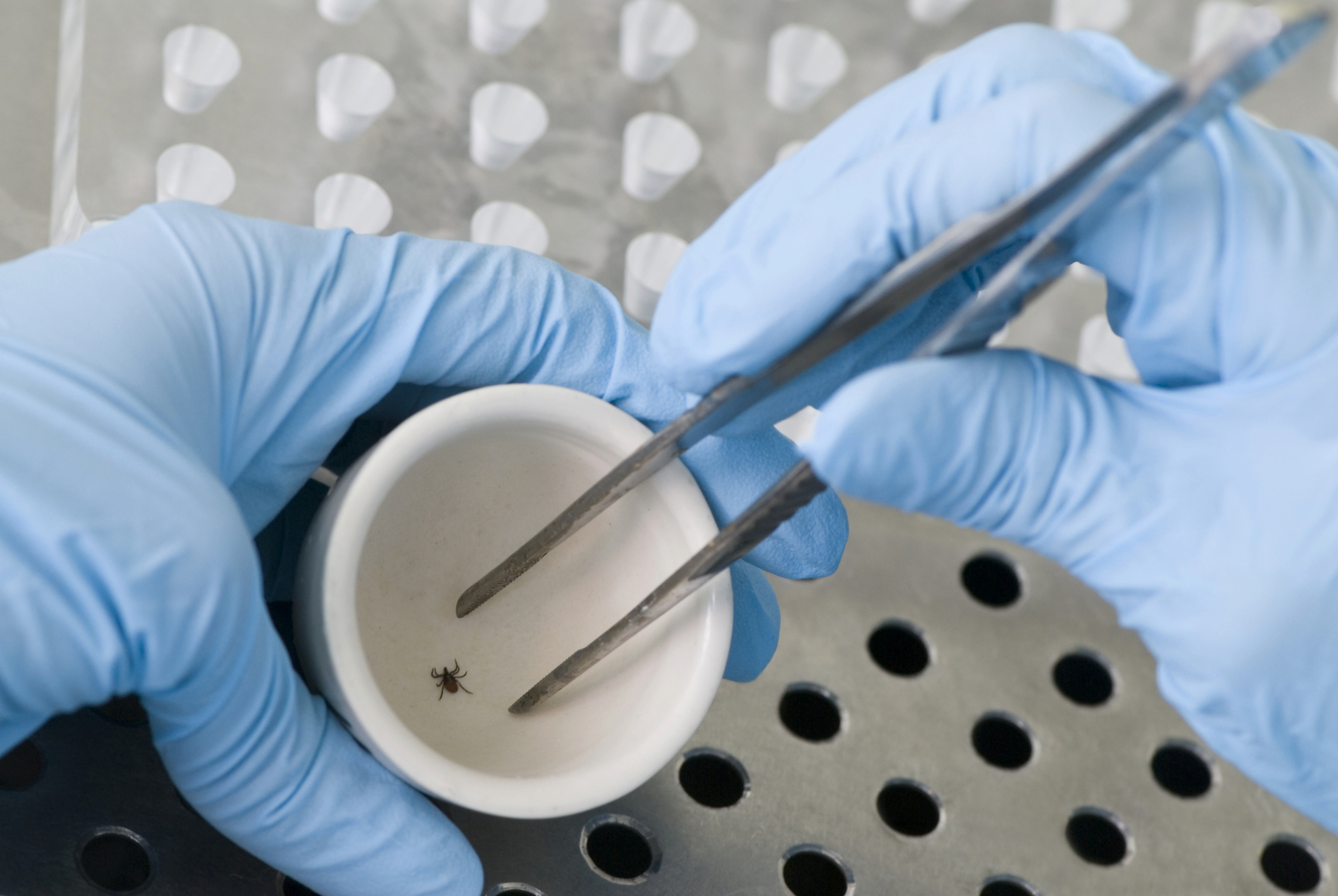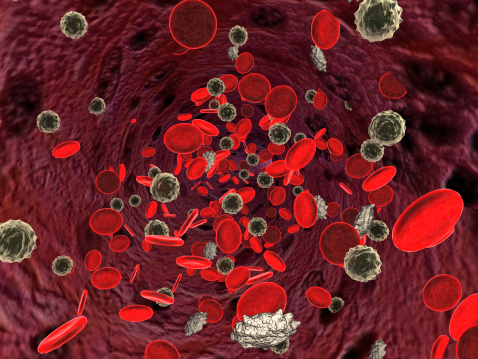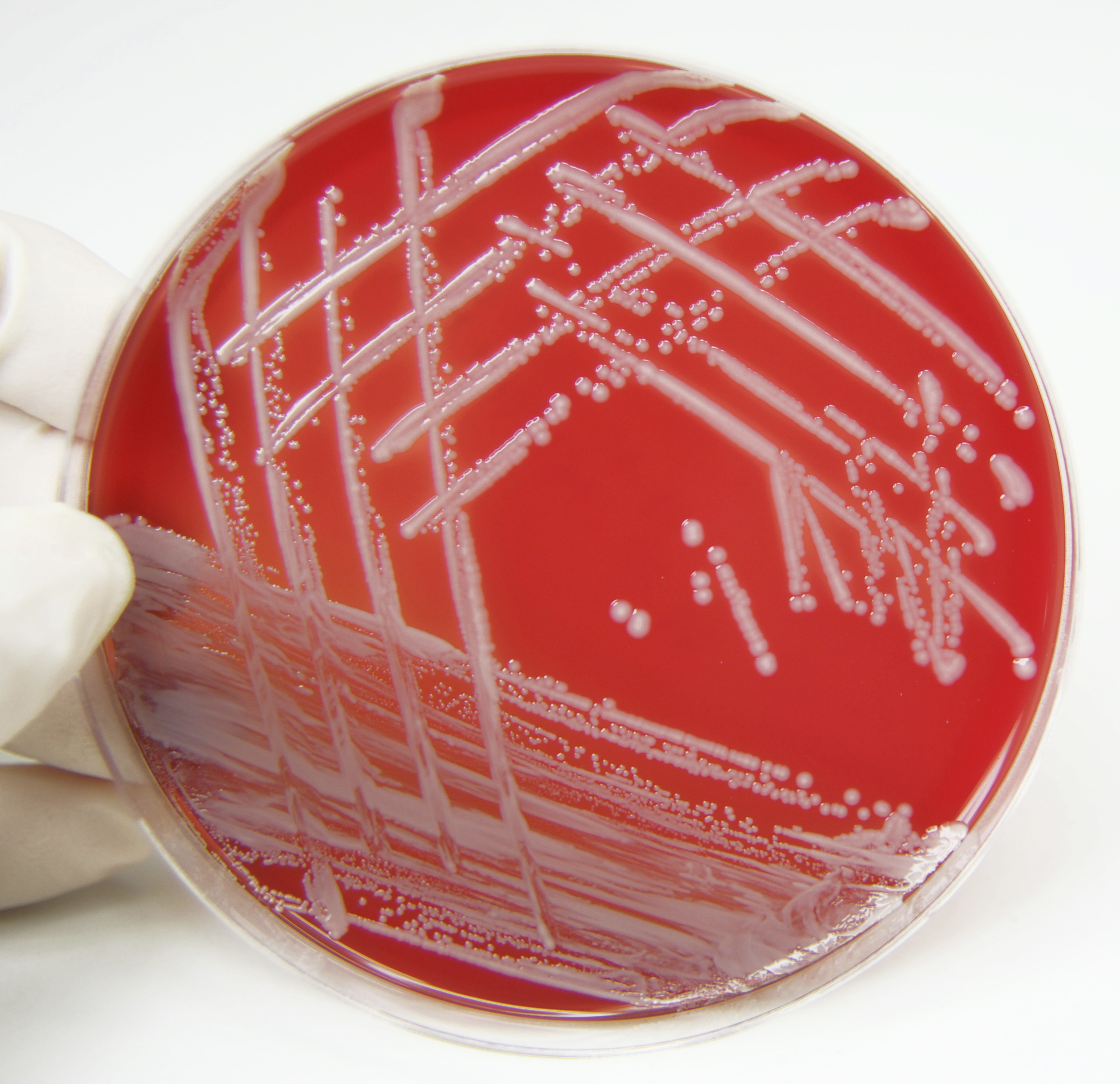Potential treatment found for mental illness related to brain inflammation
Lupus is a chronic inflammatory condition that commonly occurs in women that can affect nearly any part of the body. It is not known how this disease manifests, but it is known to be an autoimmune disease—when your body’s immune system attacks its own tissue. Lupus attacks tissue in the joints, skin, kidneys, blood, heart, ...click here to read more

